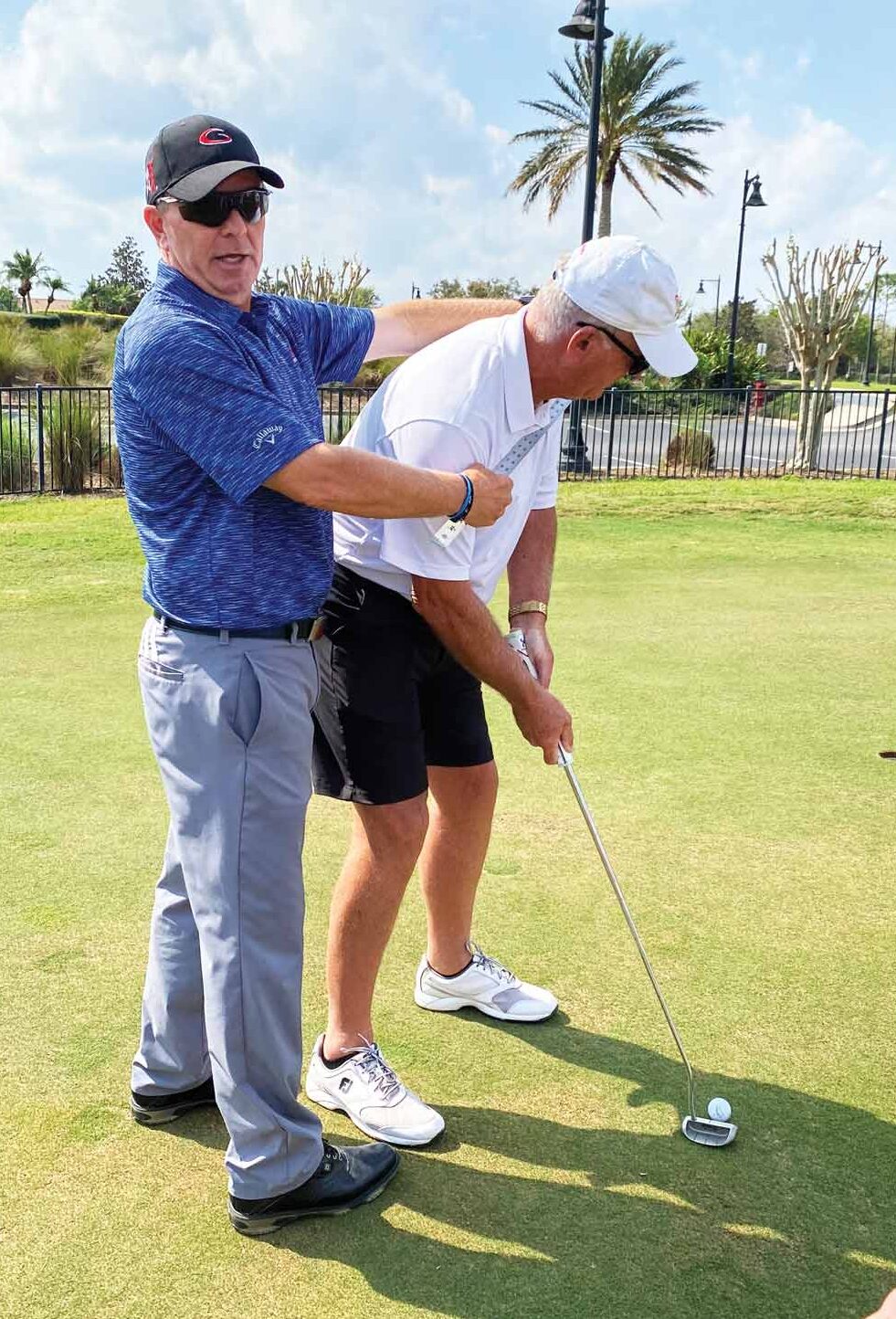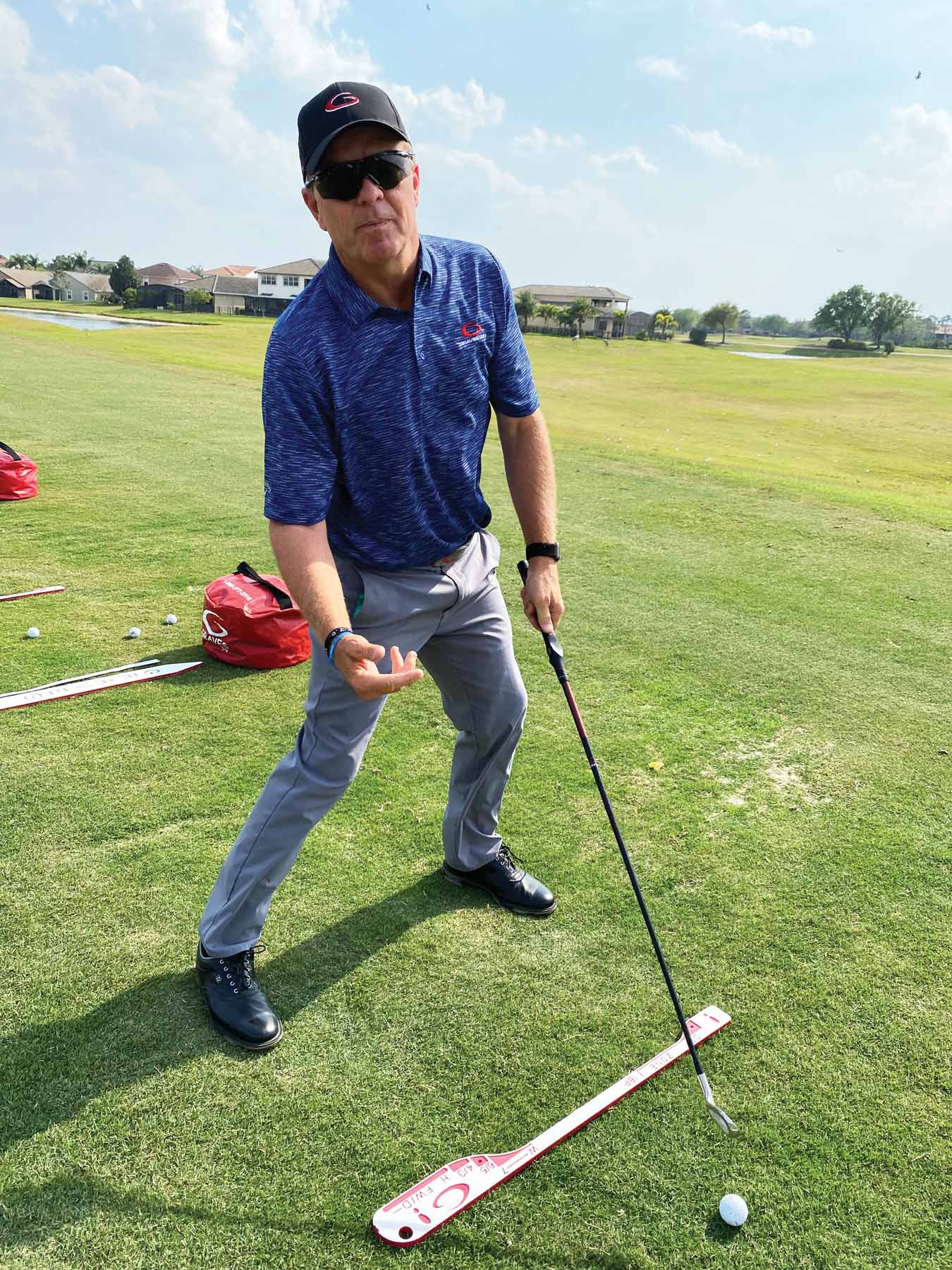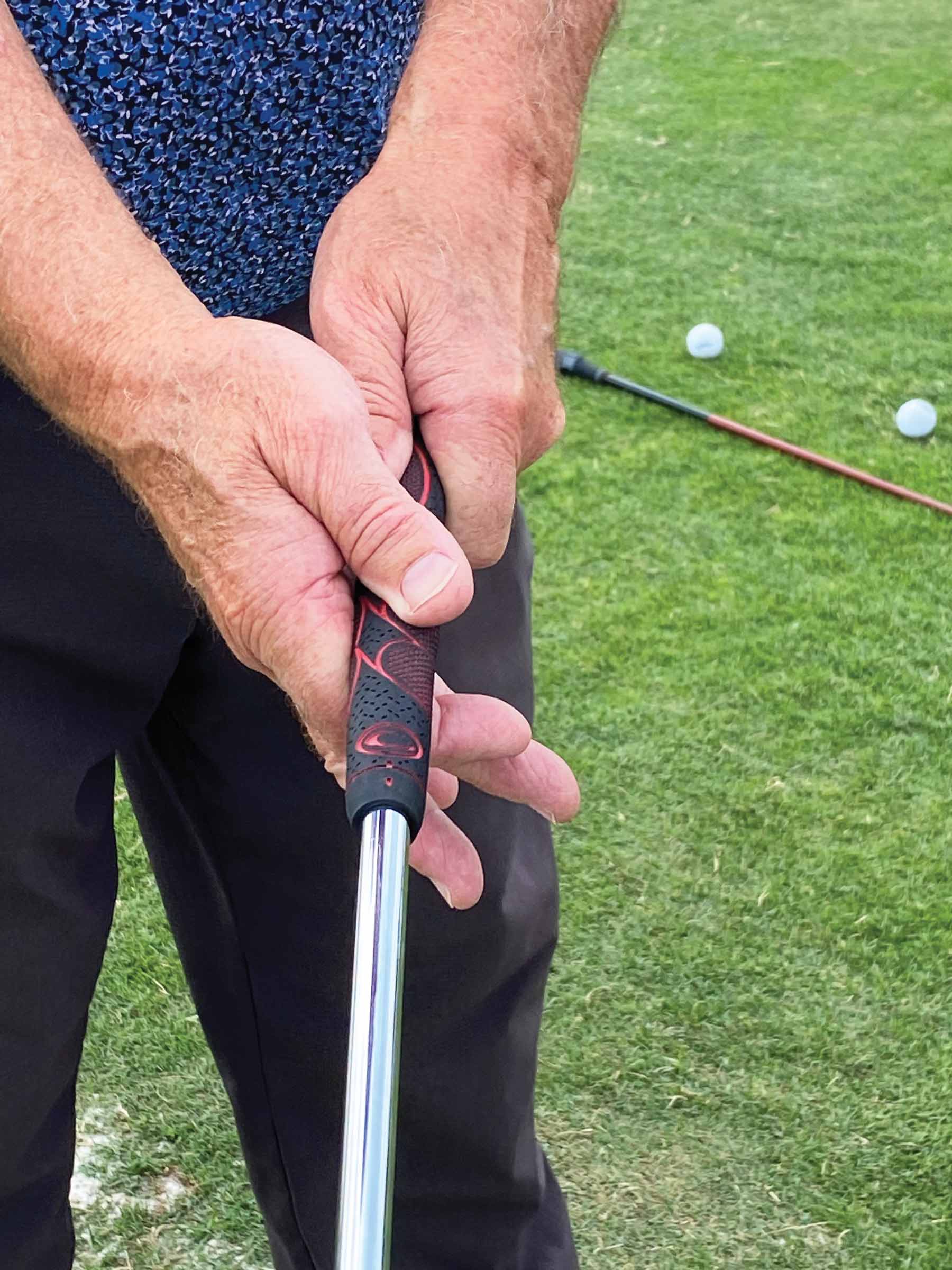By Marc HallWe all have the golf apparel and shoes brands we’re loyal to and know will always have an item we’ll be happy to add to your closet. Now more than ever, TRUE linkswear, the Pacific Northwest brand founded by PGA TOUR player Ryan Moore and his brother...
Single Plane, Single Minded
These are claims that should appeal to most anyone — aging single digit handicaps like me who are starting to see it all slip away or frustrated higher handicap players, especially seniors who have been playing for years and never seem to improve. Who doesn’t want simple? Who doesn’t want pain free? Who doesn’t want repeatable?
I’d like all of that please. So I decided to give it a try.

Single Plane Roots
I was actually pretty familiar with the method before, but really didn’t know it as well as I thought I did. Twenty-five years ago, I played golf with a fella named Jack Kuykendahl, who founded Natural Golf, the forerunner to Single Plane. In fact, Tim and Todd Graves worked with Natural Golf for a while, then bought out the company. This eventually evolved into what Single Plane is today, which has some of the same principles as Natural Golf, but doesn’t advocate Kuykendahl’s long, upright clubs with jumbo grips and a split hand grip on the club.
What it does have in common, though, is the wide stance and straight line that the trail arm and golf club form from the shoulders at address. In Single Plane, the golfer also stands farther away from the ball. The reason is this is where most golfers arrive at impact, so why not set up that way? In most other swings, the Graves Bros. will tell you, many compensations have to be made in the downswing to get to the ball. Not so in Single Plane.
I started my journey by reading Todd Graves’ beautiful hardcover book, “The Single Plane Golf Swing – Play Better Golf the Moe Norman Way.” The book’s forward is written by NBA basketball coach Rick Carlisle, a former 7-handicap whom Todd coached to near scratch with this method. There’s also a quote from Tiger Woods: “Only two players have ever truly owned their swing — Moe Norman and Ben Hogan.” There are lots of other accolades as well, so despite the controversy of this method, it has plenty of support.
“This used to be weird, but it’s not weird anymore,” said Tim Graves, who along with his brother, spent a couple of decades personally following and learning from Norman.
Who was this Moe guy, and why should we emulate him?
Norman, who died in 2004, was an eccentric Canadian pro/savant who has been called the “Rain Man of Golf.” He shot 59 three times in competition, won 65 events on the Canadian PGA Tour and was known as “Pipeline Moe” for his incredible accuracy and consistent ball striking. He did countless clinics well into his 60s and 70s, where he would demonstrate this prowess, calling it “the feeling of greatness.” He would use just one tee as he hit drive after drive, leaving the tee in the ground undisturned. He would claim to use a single tee for years at a time.
Norman addressed the ball with the club several inches behind the ball, and he would pre-set his body for impact. He also kept his right heel on the ground through impact. But maybe the most overlooked trait of his swing is that he kept his lead knee flexed as he turned through impact. I didn’t understand that part until later. So in the beginning of my Single Plane journey, watching YouTube videos and reading the book, my success was limited. So I decided to take a deeper dive, and I managed to get myself signed up for one of Graves Golf’s three-day Single Plane golf schools. (There are also one-day and five-day schools.)
More than 130,000 students have participated in various levels of the Graves Golf Academy, most of them online. Many of them also subscribe to online personal coaching where they can send in videos and certified instructors can get back with analysis (which some other online instruction sites do as well). It’s a wonderful way to learn and teach these days, but it’s still no substitute for live in-person coaching.

Class is in session
The school I attended was at Eagle Creek Golf Club in Orlando, not far from the Orlando International Airport. A fine club with terrific practice facilities, Graves Golf Academy has been conducting classes there as well as in Phoenix and other locations for years.
We had perfect weather, but much of this school took place in a classroom in the clubhouse. That’s where we started each day, and that’s where we learned many of the fundamentals of our new swings. There were about 20 students in the class, most of them older and from all over the country. All of them were online students already, hoping to get a deeper understanding by being coached in person by the more than half dozen coaches who would guide us.
The first day we didn’t really get to hit balls. There was a lot of talk about the process of learning, setup fundamentals, swing models, and drills using training aids. We did get putting instruction on Day 1, and we did that on the putting green. I was pleasantly surprised how good the putting instruction was. I’m not sure how much it modeled Moe Norman, but the Graves Brothers come from PGA Pro backgrounds, so this was solid. In fact, Tim Graves was actually one of the instructors on Day 1, filling in for one of the scheduled instructors who had difficulty with flights getting out to Orlando.
Tim is passionate to say the least, ending almost all his animated explanations with an emphatic, “Do you follow me here?”

Day 2 we got into chipping. It was simplified using a special alignment aid. Play the ball back, lead with the hands (which is preached in every part of the Single Plane swing), left knee flex and stable base. Again, I felt like even if I didn’t get the full swing, the short-game instruction alone was worth the price of admission, and it does set you up for the full swing. We also started to get into bigger swings on Day 2, going through rotation drills and learning the positions of the Moe Norman model. Was it simple? Seemed to be? Was it easy? Not exactly. You still had to put in the work.
On Day 3, there was more chipping, pitching, and full swings, all the way up to the driver. This was where we got to put it all together. And this was where it was all starting to make sense for me. At least that’s what I thought.
I was hitting it well, until one of the instructors videoed my swing. I wasn’t getting it, at least not all of it. Suddenly I had trouble finding the ball. Not until my very last swing of Day 3, did the light bulb sort of come on. Driving away from the school, I understood what they were telling me about that lead knee flex. On my way home, I found a range, and Viola.
In Single Plane, there’s certainly hip rotation in the downswing, but not as much as you see on tour certainly. The flexed lead knee limits that. Many mainstream instructors are very critical of this move. They say it puts stress on the knee. Graves Golf will tell you it’s just the opposite. By keeping that left knee flexed, it’s difficult to spin out. You simply turn your core around a braced, stable lead side. At least that’s how I think of it.
“What Moe figured out, intuitively probably, is that with his mission in mind to become great at hitting the ball straight, was how the body can actually limit itself and restrict movement if you put it in certain positions,” said Todd Graves. “I tell people to actually rotate their hips as much as they can, but if you keep your trail foot on the ground and your lead knee flexed, you never have to worry how much to turn it. Do those two things, and turn as much as you can. So that’s kind of what Moe figured out. Positioning the body correctly allows you to move freely as much as you can but still limits you. I call it kind of a mistake-proof golf swing.”
Indeed, it’s hard to pull shots in the Single Plane method, when done correctly. Of course, there other ways to mess this up, but I did find this to be a key move.
Single Plane success
Some will tell you it’s hard to generate clubbed speed this way. I didn’t find that to be true at all. In my first three rounds following the school this spring, I had six putts for eagle, five on par 5s, and one on a par 4 that I drove. I wasn’t putting for eagle very often prior to attending the school.
I’ve also started to play some of my best golf in years since graduating. I don’t think I look exactly like Moe Norman when I swing, but I am implementing the method for the most part, and it’s producing better scores. One of my rounds included a back-nine 3-under-par 33 in which I actually had two bogeys. I’m encouraged. It’s been years since I broke par on a nine. Now my goal is to break par for 18 holes.
Do I recommend Single Plane for everyone? Of course not. But I think it’s worth looking into if you’re struggling like I was or if you’ve struggled all your adult life with your golf game. It just might be the change you need. I think it was for me.
Related Articles
Wild Times at Horseshoe Bay’s Bronco Off Roadeo Experience
With Marc HallEyes on the road. It’s literally the first rule of driving, right? The only trouble is all I can see out of the windshield of the two-and-a-half-ton 4 X 4 behemoth I’ve agreed to drive through the rugged Texas Hill Country is rich blue sky contrasting...
Hide Out In The Cayman Islands
By Scott Laird the surface, one could be forgiven for thinking of Grand Cayman, the largest of the Cayman Islands, as a typical Caribbean island. After all, it has all the hallmarks—a gorgeous white sand beach, shimmering aquamarine surf, multicultural Caribbean...
Taking Her Best Shots
By Mike BaileyMcKayla Holmes is only 24 years old, but already she’s an inspiration to others in golf, especially women. Whether as a clubfitter, manager, mentor to young women or helping other women get comfortable on the golf course, Holmes has a passion about the...





